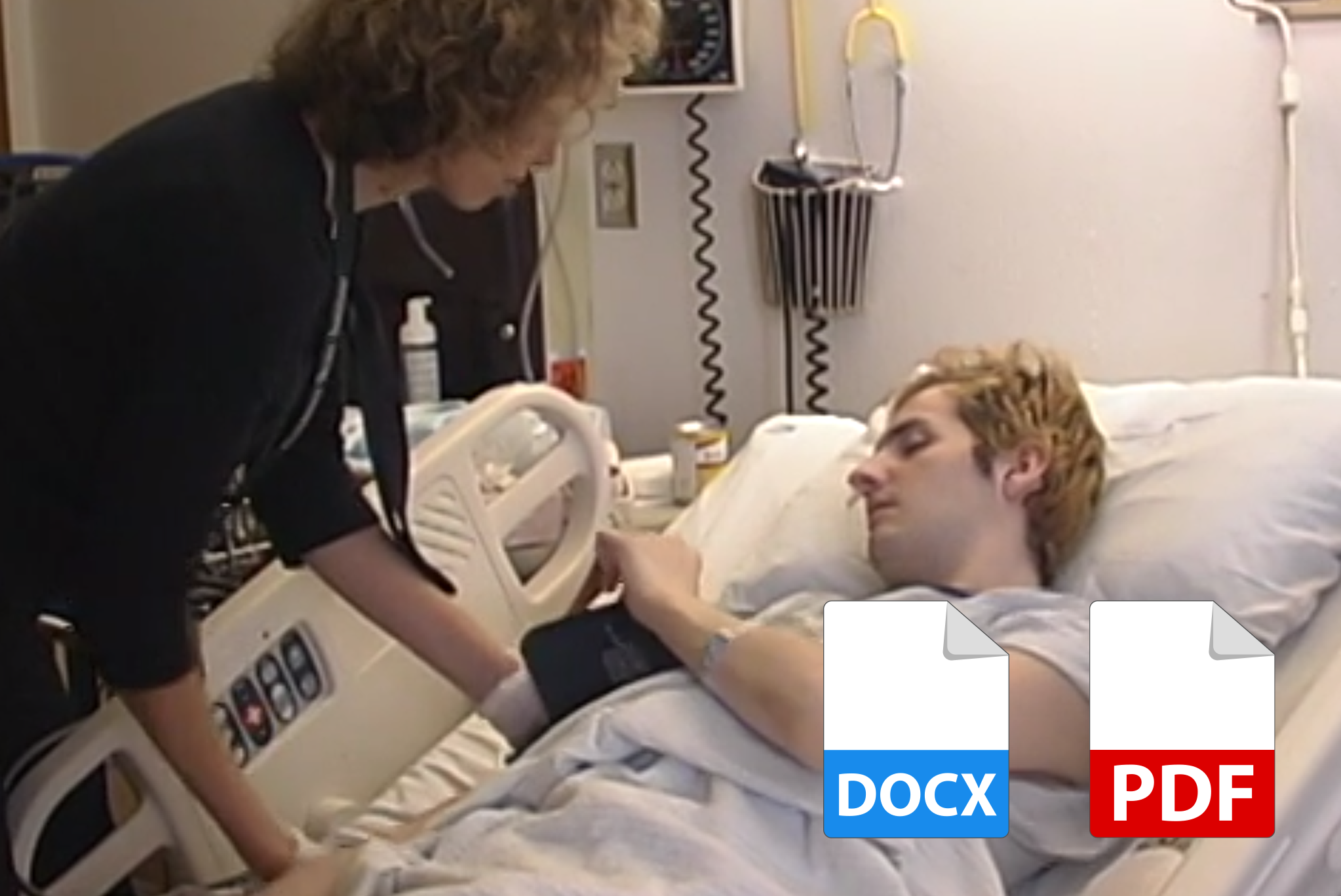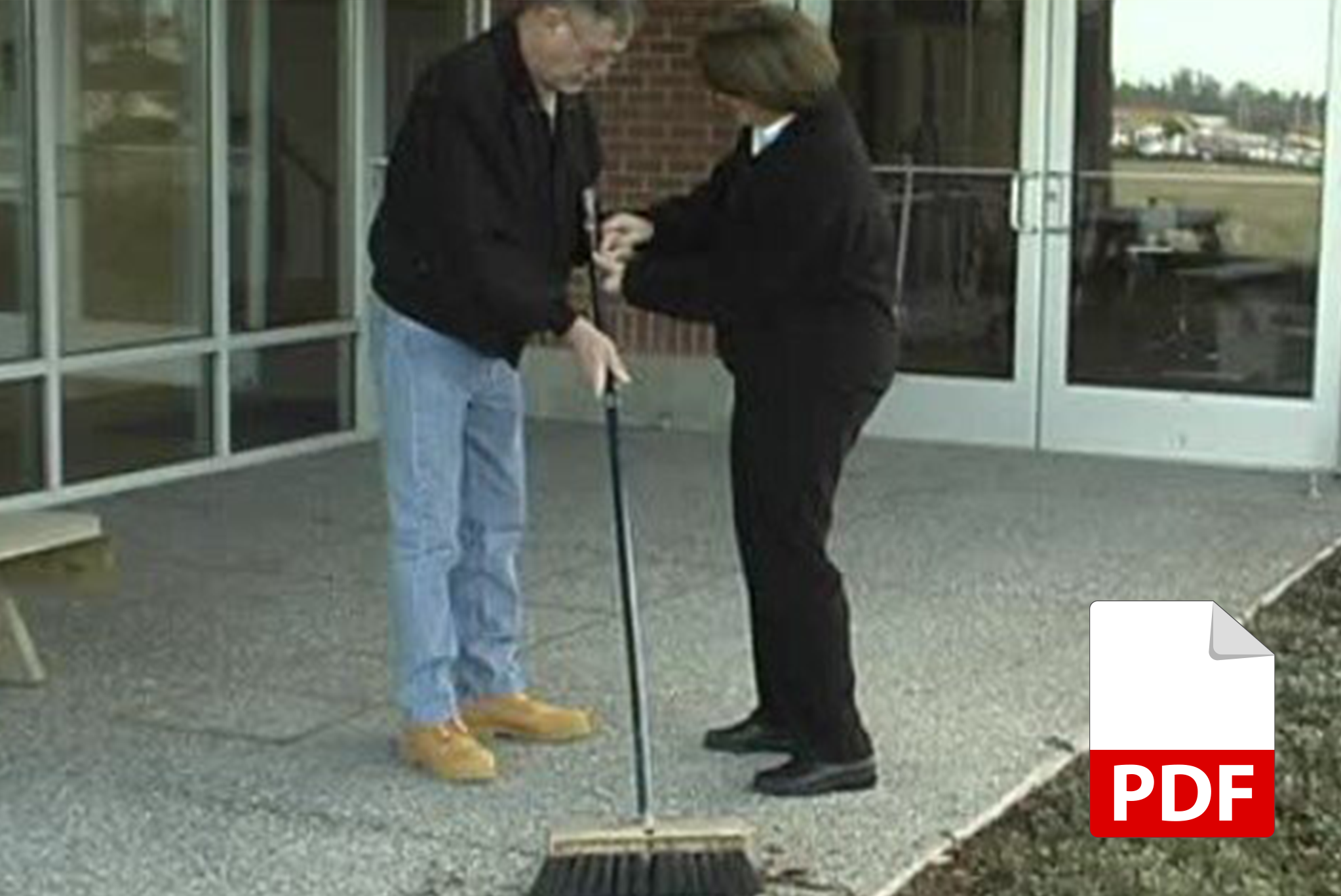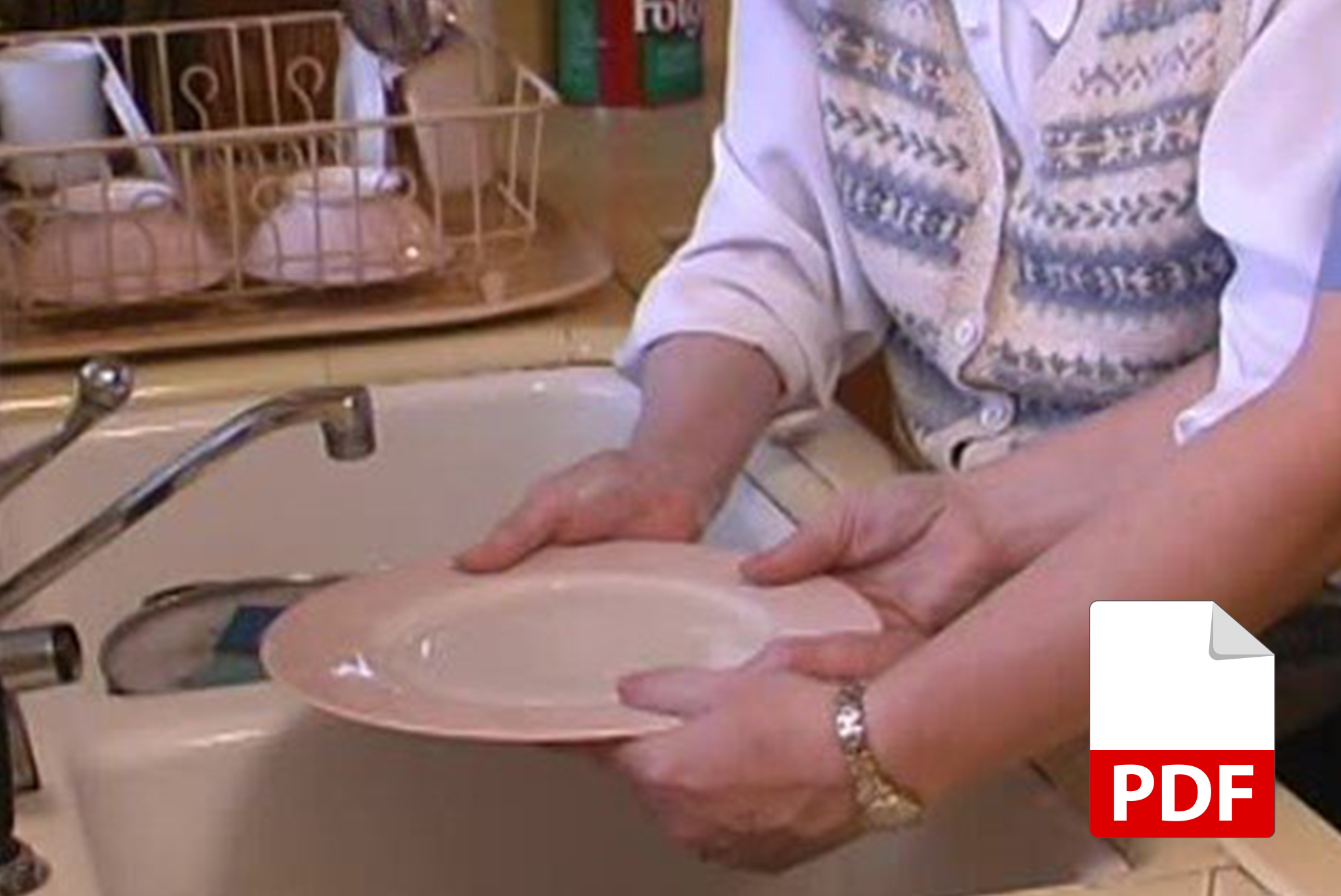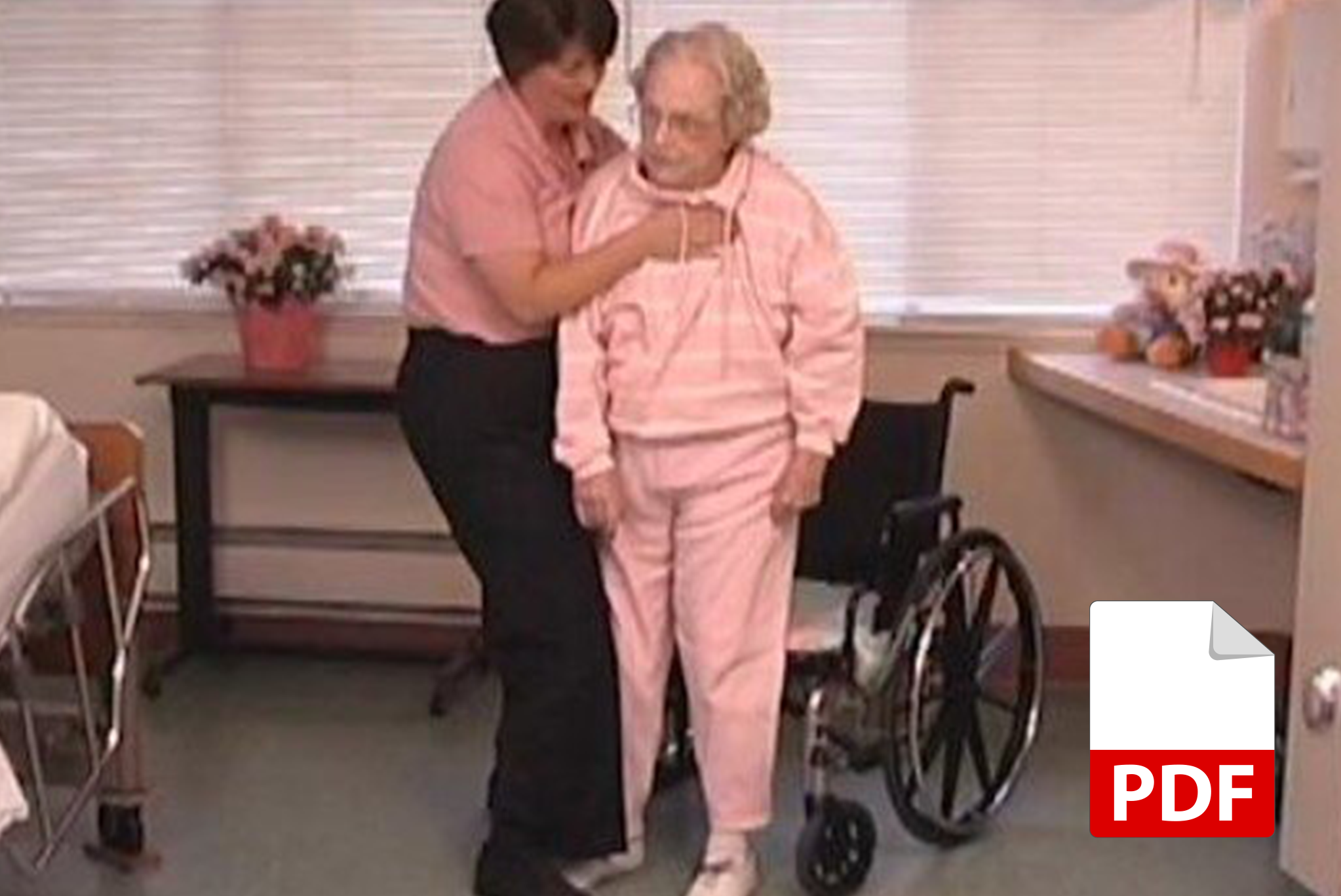Create Virtual Clinical Experiences
With ICE Videos, it's easy to create realistic and powerful virtual clinical experiences for students, encouraging critical thinking and clinical reasoning skills. Meaningful and alternative experiences are created by matching patient videos to specific learning activities in the following Tools for Teaching. Start with ICE Lesson Plans or choose from Observation Tools, ICE Case Studies, Documentation Assignments, or Movement Analysis.



To meet your required standards, build hours into your virtual clinical experiences by expanding the number of selected videos and learning activities. Choose from 200+ videos representing a variety of diagnoses and clinical settings (acute care, ICU, SNF, outpatient, and home health).
Sample Virtual Clinical Experiences
The following are ready-to-use examples (including rubrics, in-depth assignments, and selected video titles) created and used by faculty as alternatives to onsite clinical experiences during COVID. Feel free to use as-is or customize them to meet your specific needs. Many of the assignments can be used for either discipline with minor modifications.
Equivalent to 20 hours of clinical observation, this in-depth Level I Fieldwork Alternative was designed to be implemented over a 4-week span.
Week 1: Interviews and Assessment
Week 2: ADLs and IADLs
Week 3 Upper Extremity Preparation
Week 4: Interprofessional Interaction in the ICU
Included are ICE Videos with Comprehensive Assignments, Activity Time Log, Observation Forms, and Assignment Checklist.
Included are 5 assignments. In total, they are intended to provide 5 days of alternative Level I Fieldwork assignments.
Watch the webinar Create a Virtual Patient Experience Using the ICE Video Library to learn more from Misty Burton on this Level I Fieldwork Alternative and how her students responded.
Watch the webinar Create a Virtual Patient Experience Using the ICE Video Library to learn more from Mary Hudson-McKinney on this virtual clinical experience and how her students responded.
Lesson Plans
ICE Lesson Plans focus on real patients in real clinical settings. These Lesson Plans may also be used to provide Virtual Clinical Experiences.
This lesson plan is designed to improve client education interventions that align with the Universal Design for Learning (UDL) educational framework. Instructors are encouraged to view the UDL module in Tips for Teaching to apply the framework to their instruction of students.
Teaching Standardized Assessments for OT & PT.
This activity supports the requirements for:
ACOTE standards B.4.6, B.4.7, B.4.8, B.4.20, B.4.26, B.4.28, B.6.1
This lesson plan is designed to apply a biomechanical approach to analysis of upper extremity movement, development of interventions in therapeutic exercise and functional activities, and clinical reasoning of client change over time.
This activity supports the requirements for:
ACOTE standards OT & OTA: B.2.1, B.3.6, B.4.3, B.4.22
CAPTE standards PT: 7A, 7D19k, 7D20; PTA: 7D19, 7D23h
This lesson plan is designed to develop observational skills comparing normal movement to atypical movement.
This activity supports the requirements for:
ACOTE standards B.4.4
CAPTE standards 7D7
This lesson plan is designed to assist with critical thinking skills linking impairments to functional limitations in sit to stand.
This activity supports the requirements for:
ACOTE standards B.2.1, B.4.10
CAPTE standards 7D9, 7D16, 7D19, 7D20, 7D21
This lesson plan is designed to be a continuation of the lesson plan critical thinking sit to stand and to supplement your lab on facilitation of normal movement and function.
This activity supports the requirements for:
ACOTE standards B.4.4
CAPTE standards 7D9, 7D16, 7D17, 7D19, 7D20, 7D23, 7D24, 7D25, 7D27, 7D32, 7D39
This lesson plan is designed to develop observational skills to determine deficits in static standing and early ambulation in a stroke survivor.
This activity supports the requirements for:
ACOTE standards B.4.4
CAPTE standards 7D7
This lesson plan is designed to foster critical thinking skills linking impairments to functional limitations in ambulation.
This activity supports the requirements for:
ACOTE standards B.2.1, B.4.10
CAPTE standards 7D9, 7D16, 7D19, 7D20, 7D21, 7D24
This lesson plan is designed as a continuation of critical thinking-ambulation and will develop clinical reasoning and hands on skills in early ambulation training.
This activity supports the requirements for:
ACOTE standards B.4.4
CAPTE standards 7D7, 7D9, 7D16, 7D17, 7D19, 7D20, 7D21, 7D23, 7D24, 7D25, 7D27, 7D30, 7D32
This lesson plan is designed to supplement other interprofessional activities within a curriculum and situate group collaboration and collegiality within the context of case-based reasoning.
This activity supports the requirements for:
ACOTE standards B.4.8, B.4.23, B.4.25, B.4.28
CAPTE standards 7D37, 7D39
How to identify and develop clinical reasoning.
This activity supports the requirements for:
ACOTE standards B.2.1, B.3.1, B.3.2, B.4.4, B.4.10
CAPTE standards for PT: 7B, 7D10, 7D11, 7D20, and PTA: 7D9, 7D11, 7D19
This lesson plan is designed to supplement your lecture on how to determine and document levels of assistance provided during a treatment session.
This activity supports the requirements for:
ACOTE standard B.4.29
CAPTE standard 7D32
Supplement your lecture on the evaluation and treatment of visual deficits.
This activity supports the requirements for:
ACOTE standards B.4.4 and B.4.9
CAPTE standards 7D19, 7D27b, 7D27g
Improving student interview skills.
This activity supports the requirements for:
ACOTE standards B.4.4 and B.4.21
CAPTE standards 7D8 and 7D17
Supplement your lecture on treating the client with respiratory issues and/or collaborating with the respiratory therapist in acute care.
This activity supports the requirements for:
ACOTE standards B.3.5, B.4.4, and B.4.24
CAPTE standards 7D7, 7D19, and 7D23
Supplement your lab related to scar mobilization. It is strongly recommended to combine hands-on practice time with this activity.
This activity supports the requirements for:
ACOTE standards B.1.1, B.4.3, B.6.1
CAPTE standards 7D7, 7D9, 7D27, 7D32
How to respond to a client’s emotional instability, including frustration and lack of participation.
This activity supports the requirements for:
ACOTE standard B.3.2
CAPTE standards 7D8 and 7D30
This lesson plan is designed to supplement your lab on mobility and transfer skills.
This activity supports the requirements for:
ACOTE standard B.4.4
CAPTE standard 7D27
Identify and develop clinical reasoning, specifically related to a professional code of ethics and ethical reasoning.
This activity supports the requirements for:
ACOTE standards B.3.7, B.4.10, B.7.1
CAPTE standards 7B, 7D4, 7D6
Supplement your lab regarding atypical movement patterns and apply knowledge of developmental sequences related to hand use, balance, and movement.
This activity supports the requirements for
ACOTE standards B1.1, B.3.2, B.3.6, B.4.25
CAPTE standards for PT: 7D27, 7D28 and PTA: 7D19, 7D24i, 7D28
How to design meaningful, functional, and creative treatment plans.
This activity supports the requirements for:
ACOTE standards B.3.2, B.4.3, and B.4.10
CAPTE standards 7D24 and 7D27
Allow students to analyze typical self-feeding and eating patterns in early childhood.
This activity supports the requirements for:
ACOTE standards B.3.2, B.3.6, B.4.16; B.4.18
Standards for Accreditation of Graduate Education Programs in Audiology and Speech-Language Pathology 3.1.4B, 3.1.5B
Supplement your lab on the developmental sequences of crawling/creeping.
This activity supports the requirements for:
ACOTE standards B.1.1, B.4.10, B.4.18
CAPTE standards 7D23, 7D27
Provide specific lab activities related to the role of OT and SLP in interventions to address safe feeding, eating and swallowing.
This activity supports the requirements for:
ACOTE standards for OT: B.4.4, B.4.5, B.4.10, B.4.16 and OTA: B.4.4, B.4.10, B.4.16
The Standards for Accreditation of Graduate Education Programs in Audiology and Speech-Language Pathology 3.1.4B, 3.1.5B
Interested in collaborating with ICE to create more resources? Contact us!



























